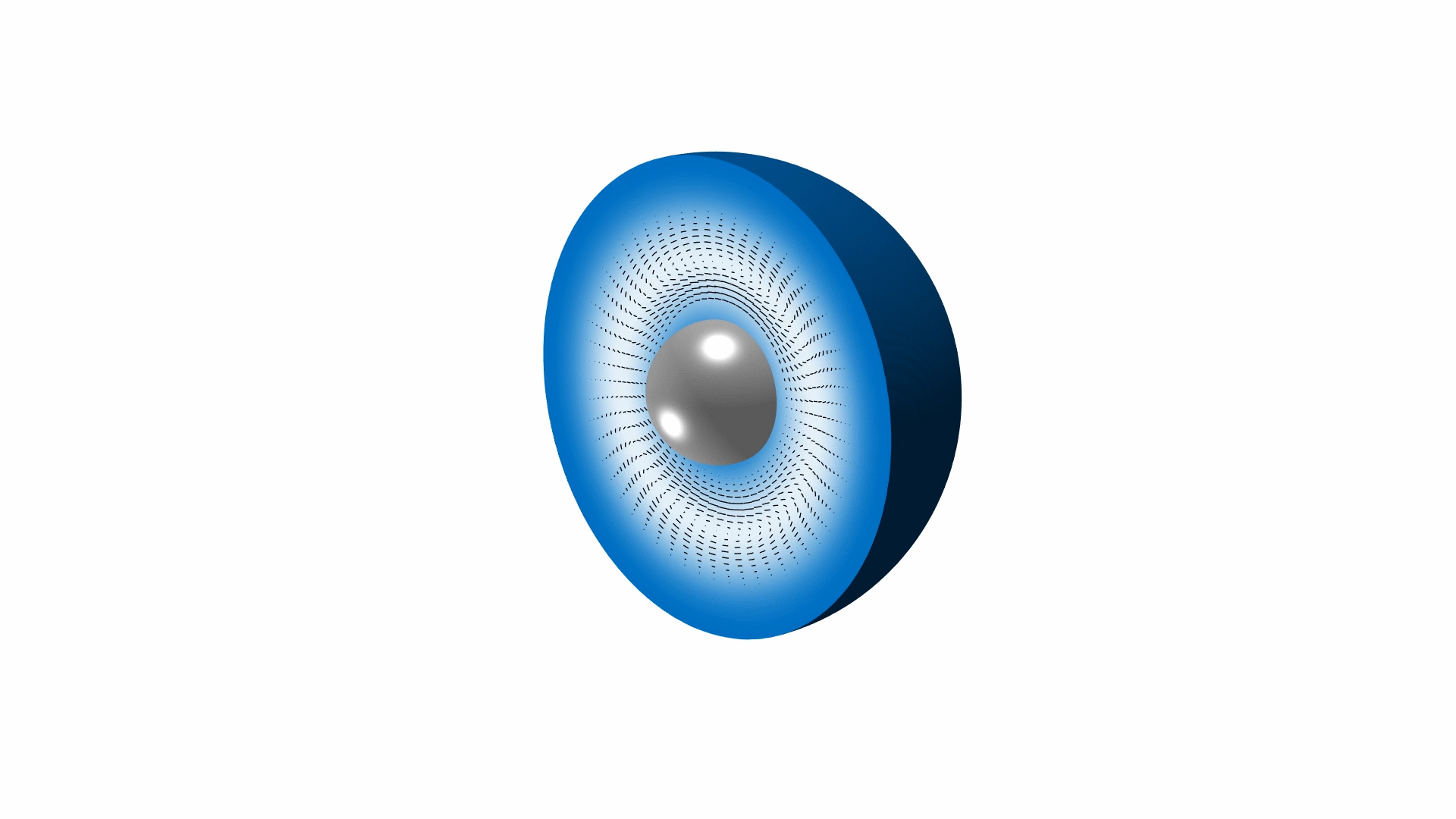Proving the physics behind warp drives
Star Trek may have introduced the masses to the concept of a warp drive, but early references to this mode of travel date back to the 1930s in Jack Williamson’s science fiction novel, The Cometeers. Warp drives have been sprinkled throughout science fiction, but the “science” part has remained elusive.
Popular Mechanics reported, “Researchers have always been intrigued by the concept of warp drives, which was first proposed by Mexican physicist Miguel Alcubierre in 1994.
“According to the theoretical Alcubierre warp drive concept, a spacecraft could appear to travel faster than light by contracting space in front of it and expanding space behind it.”

But these early theoretical designs relied on exotic concepts such as negative energy or negative mass. Expanding and contracting spacetime is no easy task!
Now, nearly 90 years after The Cometeers was published in 1936, an international group of scientists and engineers at Advanced Propulsion Laboratory (APL) at Applied Physics announced that they had obtained numerically a new warp drive solution of spacetime does not involve exotic concepts. The work was published in the journal Classical and Quantum Gravity.
Warp Drive Solution
This new warp drive solution operates within known physics. The new solution maintains a constant speed, albeit slower than light.
“Prior models required a matter-energy content that was ‘unphysical,’ meaning it had features we don’t see in the regular universe, like negative energy,” lead author Jared Fuchs, a senior scientist at the research firm Applied Physics (AP), explains. “Our approach was to avoid needing this exotic matter by adding positive energy to the solution while keeping as much of the warp effects as possible.”

Warp bubble. The black lines show the direction of the momentum flow. The gray sphere is the passenger volume. The white region shows higher density and the blue region lower density. Image credit: Applied Physics.
Coinciding with the release of their research paper, Analyzing warp drive spacetimes with Warp Factory published in the journal of Classical and Quantum Gravity, WarpFactory is an open-source codebase that runs in MATLAB for any physicist or researcher seeking to test ideas for physical warp drives.
“We developed Warp Factory in MATLAB because it provides ideal capabilities in a single integrated environment and language: powerful parallel numerical computation on both the GPU and CPU, intuitive visualization tools, and ease of use. These features enable Warp Factory to efficiently analyze complex warp drive spacetimes and gain new insights into their physical properties,” explains Christopher Helmerich, The University of Alabama in Huntsville and Advanced Propulsion Laboratory at Applied Physics.
WarpFactory Toolbox
The accompanying toolbox is available on MathWorks File Exchange.
“The prospect of actually traveling between the stars via warp bubble sometime in the future is fascinating”, said Matt Lister, technical writer at MathWorks and an adjunct professor of physics at Purdue University. “This illustrates the amazing things that can result when the advanced mathematical tools in MATLAB are used to explore fundamental physics concepts like Einstein’s theory of gravitation.”
Besides simulating warp drive solutions, the toolbox allows researchers to numerically perform, using a GPU-friendly 3D finite difference solver, Einstein’s general relativity theory calculations, such as calculating spacetime curvature from spacetime metrics.
“The toolbox is user-friendly and contains examples in the form of interactive live scripts,” says Temo Vekua, physics academic discipline manager at MathWorks. “You can open it directly in MATLAB Online.”
For standard spacetime metrics similar results can be obtained symbolically using this toolkit and Symbolic Math Toolbox, providing benchmark tests for the accuracy of WarpFactory.

Animation of the stress-energy tensor. Lighter regions in the cross-section correspond to higher energy densities. The blue lines demonstrate the direction of momentum flow within the warp bubble. Image credit: Applied Physics.
The resulting warp bubble momentum flux does not contract and expand space. Fuchs explains:
“Contrary to popular discussions, warp doesn’t expand or contract space. Rather, it relies on large amounts of energy moving rapidly around the passenger volume which creates a conveyor belt effect on the inside. This energy motion is like a smoke ring, but on the inside of this ring, it can transport passengers along via gravity. If you make this ring of matter move while you modify this conveyor effect, you have a warp drive that transports passengers along space-time.”
Moving Beyond Science Fiction
“This study changes the conversation about warp drives,” Fuchs said in a press statement. “By demonstrating a first-of-its-kind model, we’ve shown that warp drives might not be relegated to science fiction.”
To read the full research papers, see Analyzing warp drive spacetimes with Warp Factory, DOI: 10.1088/1361-6382/ad2e42 and Constant velocity physical warp drive solution, DOI: 10.1088/1361-6382/ad26aa.









Comments
To leave a comment, please click here to sign in to your MathWorks Account or create a new one.